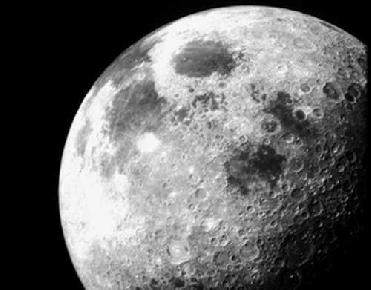
After Apollo 12 left lunar orbit this image of the Moon was taken from the command module on 11/24/69. Credit: NASA
WASHINGTON (BNS): Scientists have discovered the oldest known zircon mineral from the surface of the moon, which will help in unraveling the evolution of moon’s surface. According to scientists, the mineral is 4,417 million years old and the microscopic zircon crystal provides an important landmark in the history of the Moon's surface.
In a paper published online in this week’s Nature Geoscience, Alexander Nemchin and his colleagues have said that Zircons are minerals composed of zirconium and silica, and are formed through the cooling of molten and heated rocks. The scientists have measured the lead and uranium isotopes contained in the tiny grain to determine the age of crystal formation.
The researchers said that the Moon is generally believed to have been formed through a collision between Earth and a Mars-sized asteroid, which formed a Moon covered by a pool of magma. As zircons should have formed when about 90 per cent of this lunar magma ocean solidified, the age shows that this degree of solidification was reached about 100 million years after the Moon's formation, they said.
Explaining the discovery, Nemchin said that the mineral zircon is well known for its stability and ability to precisely date geological processes in terrestrial rocks, but the discovery of zircon in the lunar samples that have been examined means that we can now determine the chronology of major events in the Moon's evolution.
“Understanding the time constraints related to the lunar Magma Ocean can also provide "important constraints" on the development of the Earth-Moon system to further research in astronomy,” Nemchin said.
An international team led by the Curtin University of Technology analysed the mineral from lunar samples provided by the US space agency NASA.
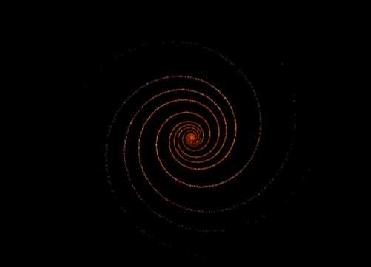 Previous Article
Previous Article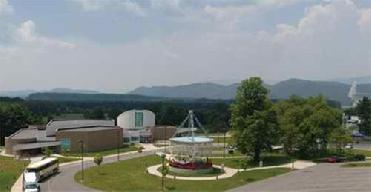 Next Article
Next Article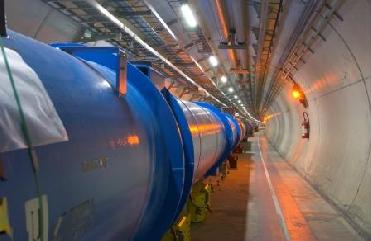
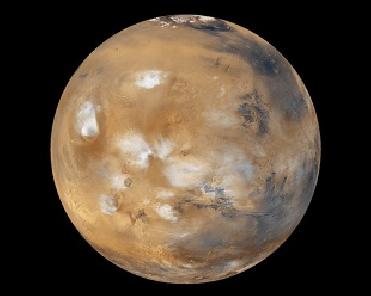
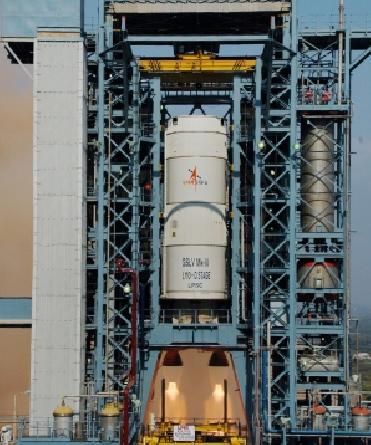










The Indian Air Force, in its flight trials evaluation report submitted before the Defence Ministry l..
view articleAn insight into the Medium Multi-Role Combat Aircraft competition...
view articleSky enthusiasts can now spot the International Space Station (ISS) commanded by Indian-American astr..
view article